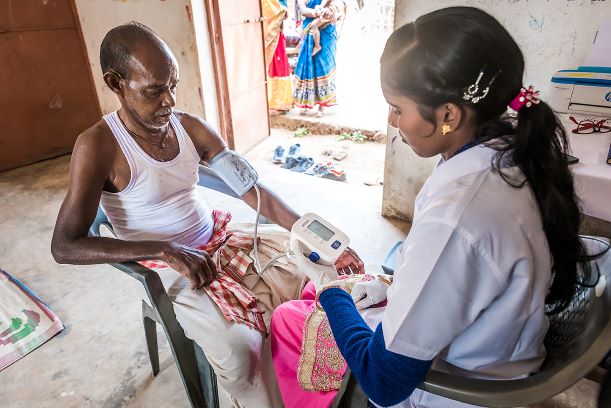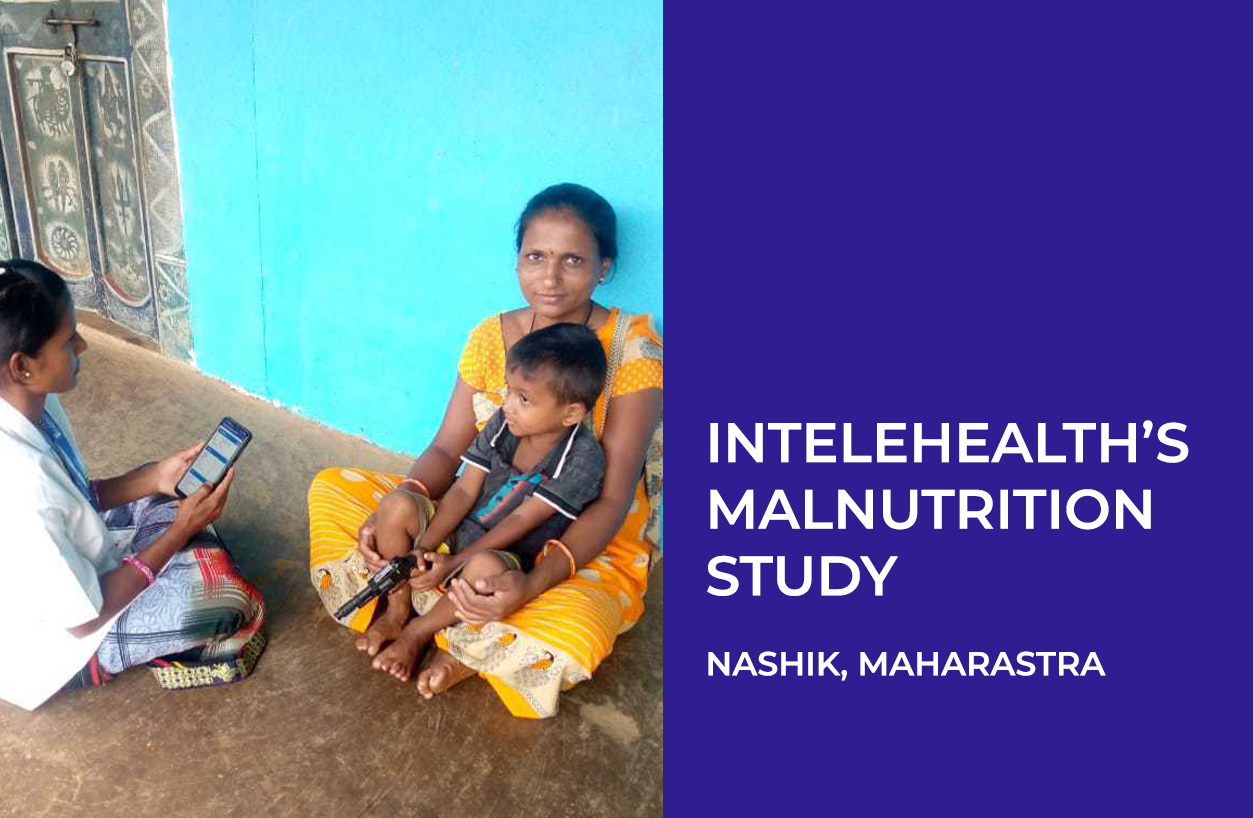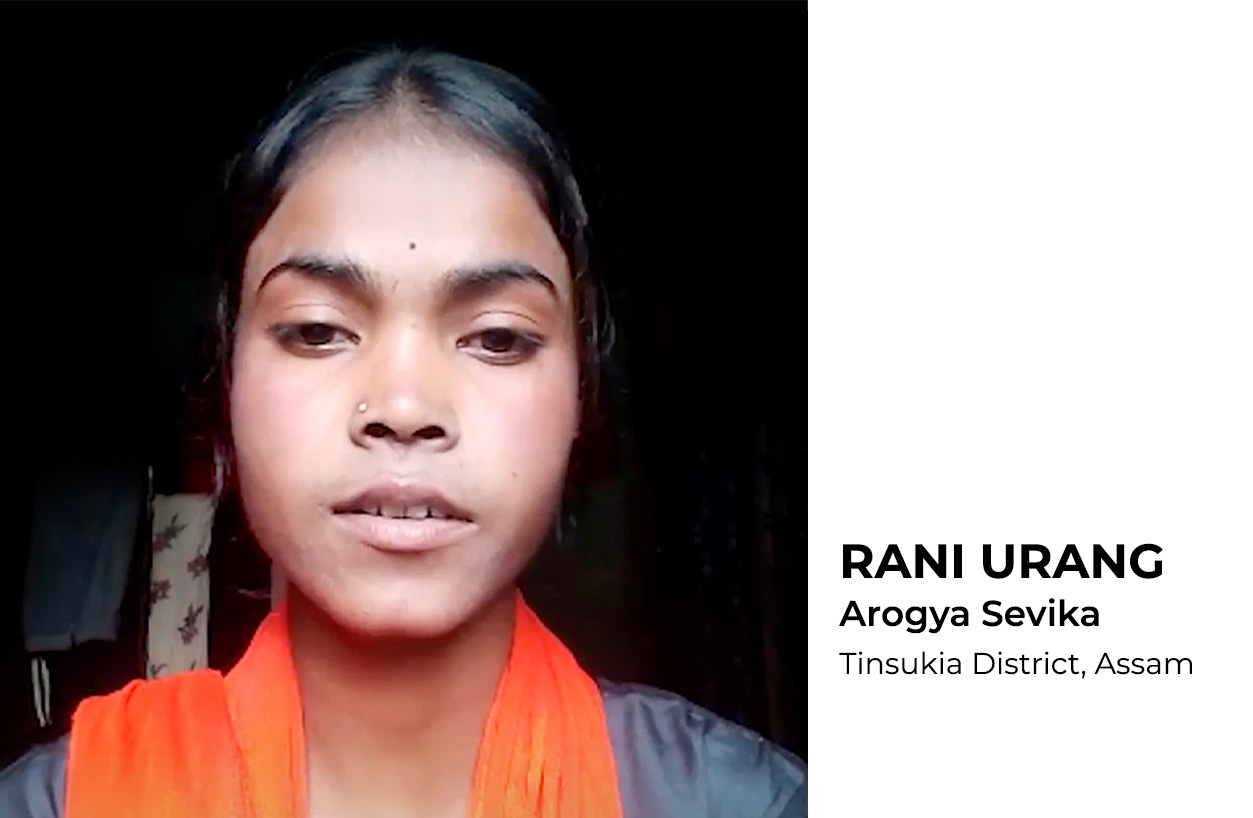
Hypertension or elevated blood pressure is one of the largest contributors to the global burden of disease and affects more than 1 billion people all over the world [1]. A recent study about the prevalence of hypertension in 140,000+ adults showed that 40% of adults had an elevated BP. Of these, only 46% were aware of their diagnosis of hypertension. What’s also concerning is that of those who were aware of the diagnosis, 87% were taking medications but only 32% people had achieved BP control! [2] There is a lot of room to improve diagnosis and treatment of hypertension.
The World Health Organisation (WHO) celebrates a themed World Hypertension Day every year on 17th May and the International Society of Hypertension has designated the month of may as May Measurement Month. This year’s theme is ‘Know your numbers’ which is an encouragement for people to get their Blood Pressure (BP) checked and know their status.
What is Hypertension?

Blood pressure is the force of blood pumped by the heart, in every heartbeat, pushing against the walls of blood vessels. Normal adult blood pressure is 120 mm Hg when the heart contracts and pushes the blood out (systolic) and 80 mm Hg when the heart relaxes to receive the blood (diastolic). Any blood pressure reading above 140/90 mm Hg is Hypertension.
Hypertension is usually mostly asymptomatic and sometimes vague symptoms like dizziness, headache, nose bleeds, etc. are present which can be easily mistaken for other diseases. Chronic high pressures cause damage to the heart and delicate blood vessels in leading to major diseases in target organs (see pic).[3]
Hypertension in low and middle income countries
It’s a myth that hypertension is a disease only seen in affluent countries. In India the prevalence of hypertension is 24-30% in urban areas and 12-14% in rural areas. Plus there are many more who have never checked their Blood Pressure. A survey conducted by the Rural Health Progress Trust in rural Maharashtra showed that 76% of adults had never had their BP checked even once in their life! The reasons could be ignorance of the chronic nature of the condition, non-availability of specialized doctors, myths that hypertension does not affect people living in rural areas, low quality of care and money, time and distance constraints.
The lifetime cost of controlling hypertension is also high, since one has to continuously take medications and also manage other comorbidities. Because of these constraints, strategies need to be developed that overcome these barriers to improve the diagnosis and management of hypertension in low and middle income countries.
WHO has laid down a set of low cost interventions for primary healthcare in low resource or resource poor settings called WHO PEN (Package of Essential Non Communicable Diseases Interventions) protocol. PEN is a key is key to achieving objective 4 of the WHO Global action plan for the prevention and control of noncommunicable diseases 2013-2020. It aims to provide and integrate cost effective technology guidelines, implement and monitor cost effective approach to NCDs and establish standards for health care delivery in terms of providing treatment protocols and standardizing medications prescription and delivery mechanisms. Management and control of hypertension in order to reduce the underlying risk factors for NCDs forms a significant part of the PEN protocols.
Community health workers can use telemedicine for screening, diagnosis and management of hypertension
We need effective and innovative approaches to diagnose and treat hypertension in low resource settings such as rural areas. However, non-availability of experts in rural areas is a big barrier.

Telemedicine can help shift evidence based Hypertension screening, providing diagnosis and treatment through remote experts and lifestyle modifications advice (via app prompts) to Community Health Workers. App based educational material (eg. videos, pamphlets) can be standardized and quality of care maintained across centers. Regular app based notifications for follow up and medication reminders also help in managing Hypertension effectively and economically.
Intelehealth connects the patient directly with a specialised doctor of choice through a skilled and caring community based health worker (CHW), all at the patient’s convenience. The CHW, with help of the Hypertension protocol pre-stored on the App, takes a detailed history.
History includes onset, duration, progress, any associated symptoms and risk factors. Past history, family history and Health Risk assessment(HRA) is also made easy to understand and to record via app prompts for the CHW. Certain simple physical examinations like Vitals (height, weight, BP, pulse, temperature, SpO2) and General examination (inspection of pallor, jaundice, neck masses, etc.) can be task shifted and the rest skilled specific system examination ( Palpation, Auscultation, Fundoscopy, etc.) can be done through referral system.

Once the CHW gathers data about the case (history and physical examination), she shares it with the doctor. The doctor then calls the patient to build up a rapport and add any missing pieces of the case. The doctor then evaluates and manages the case remotely and provides his prescription, all via the app. CHWs can also perform the important function of health education a behavior change counselling using videos and pamphlets to counsel the patient.
Studies have also shown that integrating HTN screening and monitoring in Telemedicine helps to create a safe and patient centered network among healthcare professionals (patient, CHWs and the Doctor). It improves the screening and management of hypertension and related comorbidities, and consequently achieves an effective prevention of cardiovascular diseases in the community thereby decreasing the burden on health infrastructure. [4]
Intelehealth is piloting hypertension control as part of its comprehensive primary health care delivery pilot in India and will soon launch the same in conflict-affected communities in Syria.
As the global community rises to combat this silent killer, innovative approaches to combat hypertension are the need of the hour. Are you interested in learning more about how the Intelehealth platform can be used to combat hypertension and also deliver community-based comprehensive primary health care? Reach out to us through our contact page!
REFERENCES:
[1] Chow, Clara K., et al. “Prevalence, awareness, treatment, and control of hypertension in rural and urban communities in high-, middle-, and low-income countries.” Jama 310.9 (2013): 959-968.
[2] Olsen, Michael H., et al. “A call to action and a lifecourse strategy to address the global burden of raised blood pressure on current and future generations: the Lancet Commission on hypertension.” The Lancet 388.10060 (2016): 2665-2712.
[3] Chethana KV, Anusha T, Mane A, Prasad VM, Sunkad VM. Prevalence of hypertension and its risk factors among adults in urban field practice area NMC, Raichur, Karnataka, India Int J Community Med Public Health. 2017;4(1):45-50
[4] Omboni S, Ferrari R. The Role of Telemedicine in Hypertension Management: Focus on Blood Pressure Telemonitoring. Current Hypertension Reports. 2015;17(4):1522-6417
Intelehealth is a Digital Health Platform to support Health workers to deliver primary health care services at the last mile.




